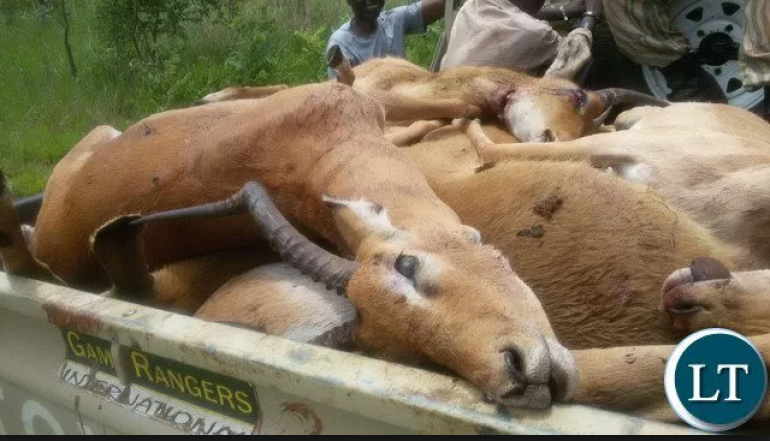
The Department of Parks and Wildlife Management today organized one day stakeholder’s consultation meeting on the Convention on International Trade in Endangered Species of Wild Fauna and Flora (CITES) regulations and convention to national stakeholders at the department, in Abuko Nature Reserve.
CITES is an international agreement between governments. Its aim is to ensure that international trade in specimens of wild animals and plants does not threaten their survival.
Recognizing that wild fauna and flora in their many beautiful and varied forms are an irreplaceable part of the natural systems of the earth which must be protected for this and the generations to come; The Gambia is fully cooperating its leading institution (Department of Parks and Wildlife Management) as national focal point.
In his presentation, Ousainou Touray deputy director of DPWM said CITES rose out of concern during the 1970s that the international wildlife trade was driving numerous species to extinction, taking the view that strong controls on international trade were required in order to address this threat.
“Nearly 20 years later, Convention on Biological Diversity (CBD) was created to address the use of and threats to biodiversity more widely, and includes development as well as conservation concerns”, Touray informed.
According to him, The Gambia has committed in promoting many CITES-CDB cooperation’s and as well mechanism to enhance synergy.
Speaking earlier, Mawdo Jallow the national focal point for CITES said that CITES regulates the export, re-export, import and introduction from the sea of live and dead animals and plants and their parts and derivatives (listed species only) through a system of permits and certificates
These permits or certificates, he stated, may only be issued if certain conditions are met and which must be presented when leaving or entering a country.
Species subject to CITES regulation are divided amongst three Appendices
Appendix I
Species threatened with extinction, which are or may be affected by trade
International (commercial) trade in wild-taken specimens is generally prohibited
625 animal species and 301 plant species
Appendix II
Species not necessarily threatened with extinction, but for which trade must be controlled to avoid their becoming so, and species that resemble species already included in Appendix II
International trade is permitted but
regulated
4685 animal species and 29105 plant species (97% of all listings)
Appendix III
Species for which a country is asking Parties to help with its protection
International trade is permitted but regulated (less restrictive than Appendix II)
147 animal species and
119 plant species
However, he noted that for Appendix I and II species, the most important conditions are legal acquisition and that international trade must not be detrimental to their survival in the wild.
The meeting ends with selection of national tasks force that will review the sites bill of the Gambia.


